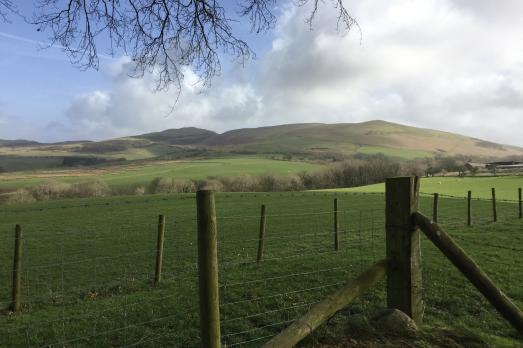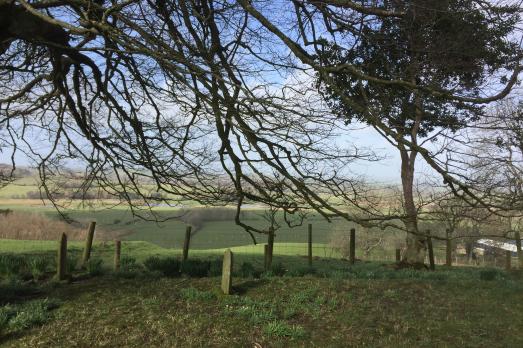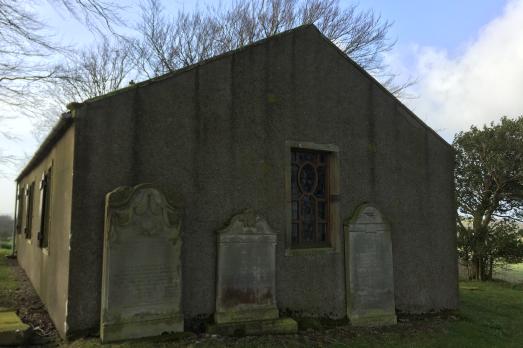If a church has character this one conveys a hallowed presence beneath its shy countenance.
The name of Mosser Old Norse mosi ‘peat bog’ and Gaelic Norse aergi/erg ‘summer pasture’ suggests that the area had been used as seasonal grazing in the Viking Age.
In 1203 township boundaries were granted to Adam de Mosser by Richard de Lucy, baron of Egremont and permanent settlement was implied by 1220. Thereafter, the rector of Brigham established rights and Mosser was recognised as a township within Brigham civil parish.
The earliest reference to pastoral care in Mosser itself is the foundation of a chantry in Brigham parish. By 1546, though, Harry Bankes was appointed as priest to Mosser chapel. Notes in the back of Isaac Fletcher’s diary (c 1773) recorded a John Banks holding services and teaching school in the chantry chapel during 1653 to 1654. Writing in 1687 though, Thomas Denton commented that the inhabitants of Mosser were almost all Quakers.
The current 1773 church, was built on a medieval site, funded by subscription after being ‘down’ for about 100 years. Isaac Fletcher’s diary records: 1773 August 16th (Monday). They begun to rebuild Mosser chapel this day.
St Michael’s (formerly dedicated to St Philip), stands in the fields between Mosser Mains and Mossergate. It is a ‘tiny fell chapel’ a small low building with a bellcote above the porch. The plain oblong windows on the north side remain unglazed. The east window contains an attractive stained glass window featuring holy spirit as a dove, installed in 1926.
Although the 1925 refurbishment removed something of the historic appeal of the exterior by rough casting the walls, it ensured the survival of a Norman font, 16th century roof trusses and 18th century dado panelling in the interior.
It isolated and exposed location, made attendance weather dependant, the curate in 1851 noted: ‘I have been there when none has been present on a wet day and I have seen above 100 at other times’. To this day the church has no electricity, gas or water. In spite of this there is a tangible feeling of age and friendliness, the old gas lights add to the atmospheric feel, especially at Christmas.






